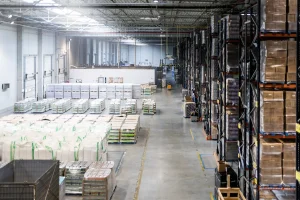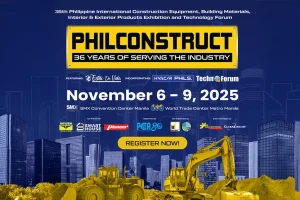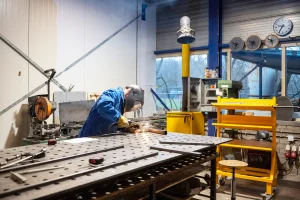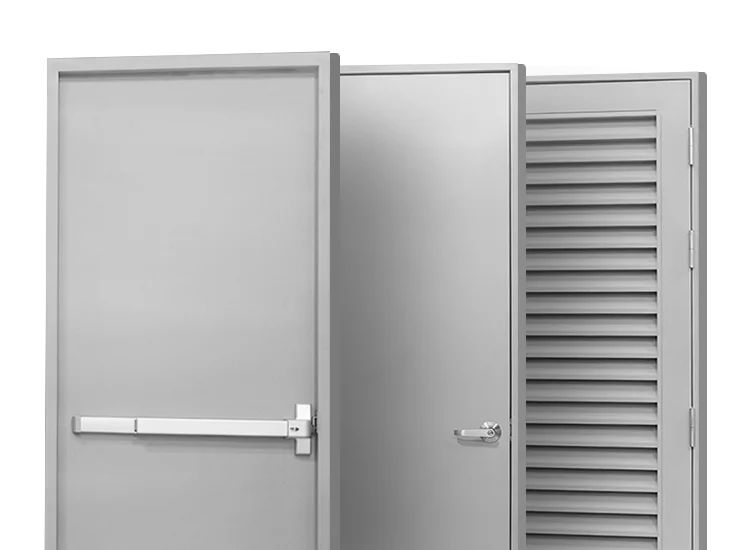Stainless steel is a very desirable material for various fields due to its strength, durability, and aesthetic appeal. It also has a modern, sleek appearance and remarkable resistance to corrosion, making it increasingly popular in various applications especially in residential homes.
If you’re considering new materials for your home, read on to discover why stainless steel might be the perfect choice for you. We’ll also explore the unique qualities and advantages of stainless steel that will show why it’s a top pick for those who want both style and practicality.
What is Stainless Steel?
Stainless steel is a versatile material known for its corrosion resistance, strength, and aesthetic appeal. It is an alloy primarily composed of iron, with a significant amount of chromium added, usually around 10.5% or more, which is essential for its rust-resistant properties.
Stainless steel has also become widely used in construction, medical, food processing, automotive, aerospace, and industrial applications, due to its durability, hygienic surface, and ability to withstand high temperatures. Aside from these, the reliable performance and various advantages of stainless steel make it essential in modern industry and everyday life.
Stainless Steel vs. Carbon Steel
While stainless steel and carbon steel share some similarities, they differ significantly in composition, properties, and applications. This means that selecting between the two depends on the specific requirements and constraints of your project.
To help you, here’s a simple comparison of stainless steel and carbon steel:
| Property | Stainless Steel | Carbon Steel |
|---|---|---|
| Composition | Alloy of iron, carbon, chromium, and other elements | Alloy of iron and carbon with varying carbon content |
| Corrosion Resistance | Exceptional resistance due to chromium oxide layer | Susceptible to rust and oxidation without protective measures |
| Weldability | More complex, requiring specialized techniques and equipment | Generally easier to weld, compatible with standard welding techniques |
| Durability and Lifespan | Long-lasting with minimal maintenance requirements | Shorter lifespan, necessitates regular maintenance and protective treatments |
| Recyclability | Highly recyclable with retention of original properties | Recyclable, though the process is more intricate due to impurity separation |
| Hygiene | Non-porous surface, easy to clean and sterilize, ideal for sanitary applications | Porous surface, less suitable for hygiene-critical applications, may require additional coatings |
| Cost | Higher initial cost, offset by longevity and low maintenance | Lower initial cost but with potential higher maintenance costs |
| Thermal Conductivity | Lower thermal conductivity, beneficial for applications requiring thermal insulation | Higher thermal conductivity, making it suitable for heat exchangers and efficient heat transfer |
| Impact Resistance | Solid defense to impact, maintaining strength under sudden force | High-carbon steel can be more brittle and less impact-resistant |
Main Types of Stainless Steel
If you’re considering using stainless steel for projects or home construction, it’s essential to understand its different types and categories. Why? Because stainless steel comes in various forms, each with unique properties suited for different uses. Knowing these will help you pick the right one for your needs.
Not familiar with the main types of stainless steel? Here are five of them:
1. Austenitic Stainless Steel
The most common kind of stainless steel is austenitic, which is regarded for its exceptional mechanical and corrosion-resistant qualities. Because of its high chromium and nickel content, it is non-magnetic and retains its hardness at different temperatures. Projects for architectural, chemical processing, and kitchen appliances all use common grades like 304 and 316.
2. Martensitic Stainless Steel
Next is martensitic, a stainless steel distinguished by its great strength and hardness, acquired through heat treatment. Because of its increased carbon content, it is appropriate for uses where durability is required. Common grades, such as 410 and 420, find application in turbine blades, medical equipment, and silverware.
3. Ferritic Stainless Steel
Aside from austenitic and martensitic, there is also ferritic stainless steel, which is a magnetic type of stainless steel with higher chromium content. It is commonly used in industrial equipment, cookware, and automobile exhaust systems. Typical grades include 430, often used in domestic appliances, and 409, which is ideal for automotive exhaust systems due to its capability to withstand high-temperature.
4. Duplex Stainless Steel
Duplex is another type of stainless steel that combines the properties of austenite and ferrite. With higher strength and resistance to stress corrosion cracking, it is ideal for chemical processing, oil and gas, and marine applications. Common grades of duplex stainless steel include 2205, known for its robust performance in challenging conditions, and 2507, which offers even greater strength.
5. Precipitation-Hardening Stainless Steel
Last but not the least is the precipitation-hardening stainless steel, which is known for its high strength and hardness, achieved through a heat treatment process that precipitates particles within the metal matrix. It merges the properties of martensitic and austenitic stainless steels. Grades like 17-4 PH and 15-5 PH are used in aerospace, nuclear waste casks, and medical devices.
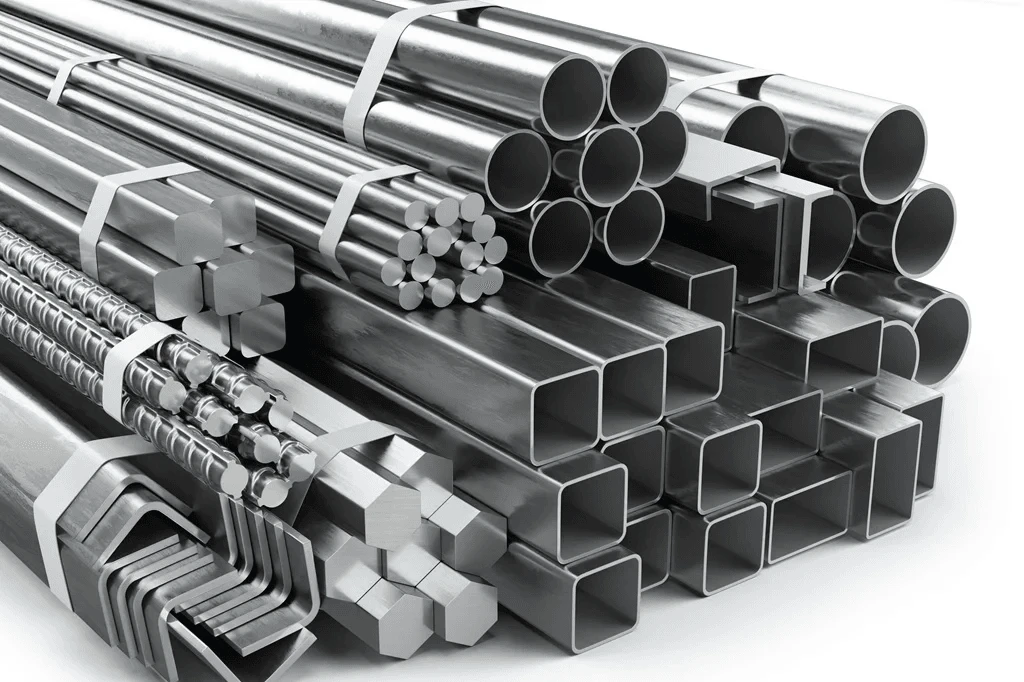
Superior Advantages of Stainless Steel
Whether used in construction, manufacturing, residential, or household items, stainless steel consistently proves its worth through its performance and longevity as shown by the information above. But aside from this, stainless steel has numerous benefits when used on a variety of projects. And to give you some of these, here is an outline of additional advantages of stainless steel:
1. Highly resistant to corrosion
Number one advantages of stainless steel is its resistance to rust and corrosion. This is mainly because it contains chromium, which creates a thin layer of chromium oxide on the surface. This layer stops the metal from rusting further, as a result, stainless steel has become the perfect for use in wet, chemical, and other harsh environments. Its ability to resist corrosion ranks among the main reason it’s a go-to choose for both personal and industrial uses.
2. Strong and durable, not easily bent, cracked, or broken
Stainless steel is strong and durable. It can handle a lot of force without bending or breaking, making it ideal for construction, transportation, and manufacturing. Because it’s so tough, products and structures made from stainless steel last longer and don’t need to be replaced or repaired as often.
3. Versatile material that may be used for a variety of applications.
One of the key advantages of stainless steel is its versatility. You’ll find it everywhere, from kitchen items like cutlery and cookware to industrial uses such as doors, pipelines and machinery. It’s also popular in architectural fields where it is used in the construction of buildings, doors, and medical equipment. This adaptability gives stainless steel an edge as a valuable material across various industries.
4. Achieves a range of quality finishes and suit different aesthetic preferences
Stainless steel also comes in different finishes, like shiny mirror polish or a soft matte look. These options help it fit various styles and design needs. Whether in modern buildings, home decorations, or everyday items, stainless steel’s versatile finishes have become a favorite for designers and architects.
5. Known for its low maintenance requirements
Low maintenance requirements are also considered as one the key advantages of stainless steel. Since it has corrosion-resistant properties, stainless steel doesn’t rust, so you don’t have to clean it often or add protective coatings. Just a simple wash with mild soap and water will keep it looking good and working well, which speaks of stainless steel as a budget-friendly option for both businesses and homes.
6. Capable of withstanding high temperatures without degrading
Stainless steel can also handle high temperatures without losing its strength or shape. This is ideal for use in situations with extreme heat, such as food processing, car parts, and aerospace engineering. Its ability to maintain performance under high temperatures ensures safety and reliability in critical applications.
7. 100% recyclable and sustainable
Lastly, stainless steel is completely recyclable, which makes it environment friendly. When stainless steel products reach the end of their life, they can be recycled and reused without losing any quality. This means we need fewer raw materials, produce less waste, and support sustainable development.
Maximize the Strength and Advantages of Steel Doors for Your Home
Overall, stainless steel advantages are pretty impressive. It’s durability, rust-resistant, and easy maintenance have made it a go-to material for a wide range of uses.
Do you want to experience the unmatched durability and advantages of stainless steel? If so, Janus Steel offers a full catalogue of high-quality steel doors designed to provide superior performance and aesthetic appeal for your home. Explore our collection today or contact us to improve your home’s security and style with our premium steel doors.


